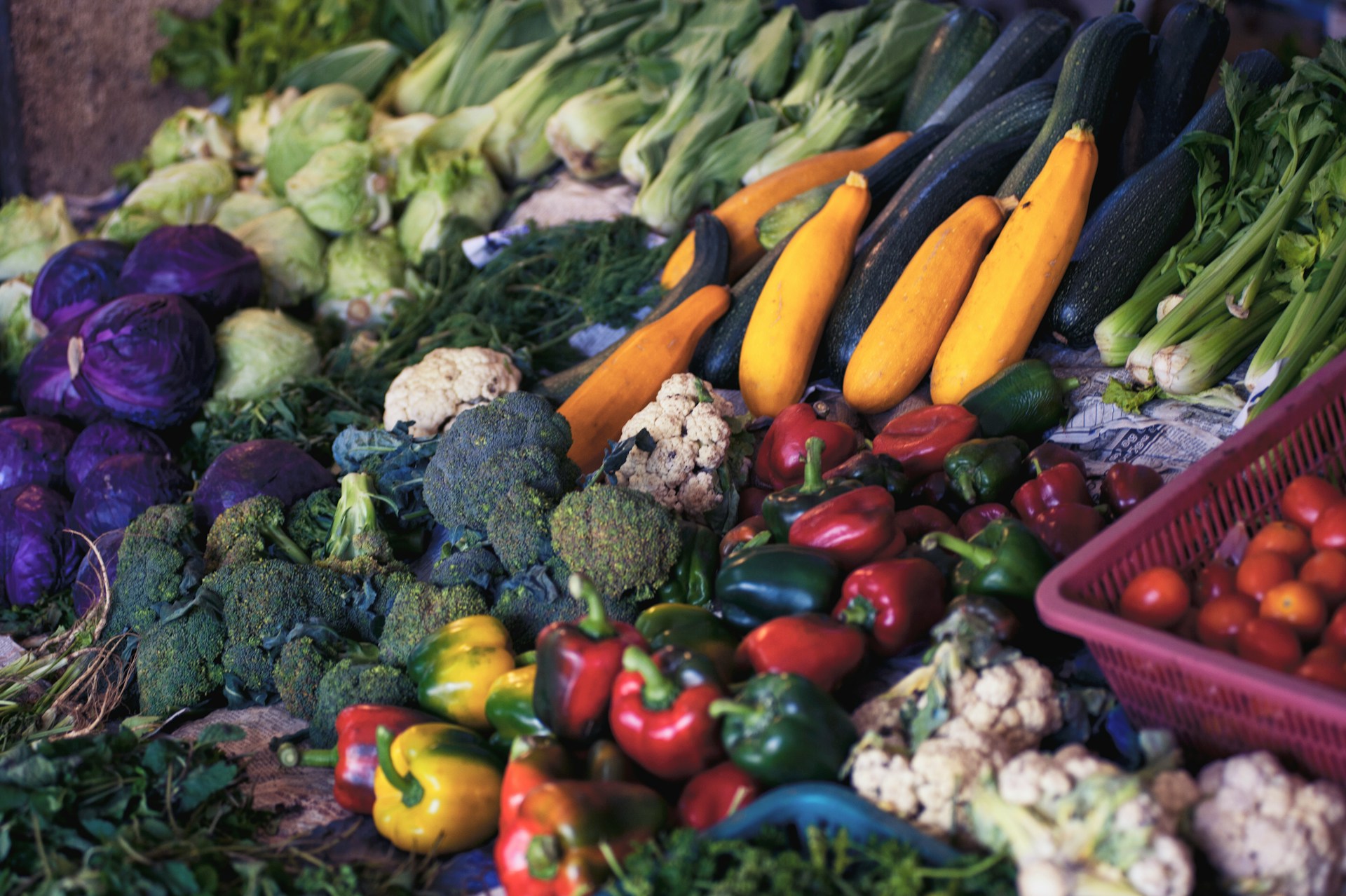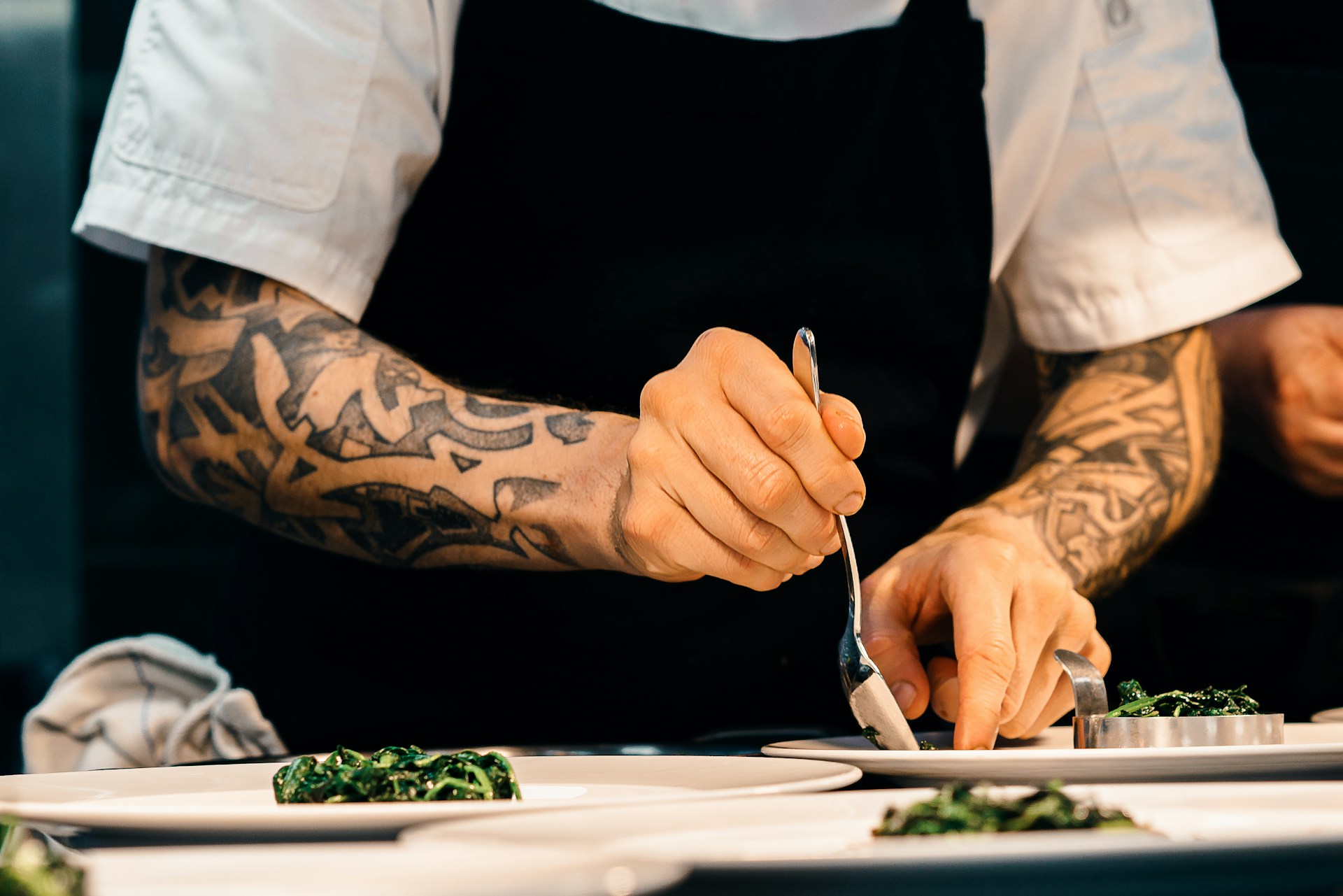6 Sustainable Travel Tips for Foodies in France
Food is one of the biggest pleasures when traveling, especially in France! Quality products, local flavours and traditions, respect for nature and the seasons - France has long been known for its amazing food and taste (and know-how) to cultivate the art of eating well. And you can tell by their desserts: in 2010, UNESCO classified the French gastronomic meal as part of the intangible cultural heritage of humanity. Faced with environmental challenges, the need for sustainable cooking - and eating - has never been so relevant. Check out this conscious practical guide and indulge all the best food while remaining sustainable.
Stay familiar with the farms and fields...
For over 35 years, the 8,000 farmers who form the Bienvenue à la Ferme group have opened their farms to the public throughout France, inviting visitors to eat and even sleep "French farm-style". With 4,400 shops, 720 farmers markets and 120 Farmers Drives, you can buy directly farm made vegetables, fruit, cheeses, meats and charcuterie made in Brittany, Auvergne and Normandy. Another pioneer, the Chapeau de Paille picking network has welcomed fans of the close to home delivery system since 1985. They list fields, orchards and vegetable gardens around Paris and in all French regions. Time to grab your basket!

Photo: Market
...and urban farms
You don't always need to go to the countryside to meet French farmers, pick apples or fill trays with tempting strawberries. In recent years, agriculture has taken root in cities, and urban farms (around 30 in Paris, more than 400 throughout France) are growing massively, including on the roofs of buildings! The largest urban rooftop farm in Europe lies on Pavilion 6 of the Parc des Expositions, Porte de Versailles in Paris. Seasonal produce includes raspberries, green beans, tomatoes, mini-carrots, herbs and more which fill the gourmet baskets of Nature Urbaine (NU). In Nantes, the Agronaute, an urban farm managed by SAUGE (Société d'Agriculture Urbaine Généreuse et Engagée), has been planted in the former MIN (Market of National Interest) and provides gourmet treats with micro-shoots and crops grown in straw bales. When locavorism (the trend of locally produced food) pairs with innovation, the fruit of their union tastes even better!
Choose committed chefs
Permaculture vegetable gardens, local sourcing, respect for the land, seasonal produce and recycling organic waste into compost… Great French chefs are increasingly going ‘green’ when it comes to gastronomy. Since 2020, the Michelin Guide has awarded a green star to the chefs who are most committed to responsible and conscious cuisine. In the second “Sustainable Gastronomy” selection of the famous red guide (33 listings in 2021), young stars like Claire Vallée of ONA, a 100% vegan restaurant near Arcachon basin, rubs shoulders with long-time practitioners like Thierry Schwartz, chef of Obernai in Alsace, a practitioner of local cuisine and zero waste for almost 20 years. What do they have in common? Weaving an ecological trend with daring and creative cuisine using their expertise combined with traditional methods. And they for sure can deliver - we can't wait to see what they cook up for the next edition of Goût de France in October 2022. The event celebrating the best of French gastronomy and its chefs around the world will take sustainable flavours, sponsored by chef Christophe Hay. The 2 Michelin star vegetarian and vegetable enthusiast likes to introduce green gold to La Maison d’à Côté (the house next door), his beautiful restaurant in the Loire Valley, a stone's throw from the Château de Chambord.

Photo: Chef
Learn how to track the origin of products
Where do products on the supermarket shelves come from? How can we be sure of the origin of the foods on restaurant menus? And what about the quality of so-called local specialties? Consumers and gourmets are increasingly demanding transparency on agricultural and food products, especially in the organic sector. Labels and other designations, such as Agricultural Products of France and Organic Agriculture (AB) have been strengthened following a new law introduced on May 27, 2020. SIQO (Signs of Identification of Origin and Quality) remains a reference for local products which bear a Protected Designation of Origin (PDO), a Controlled Designation of Origin (AOC) and a Protected Geographical Indication (PGI).
Among the latest initiatives, the "Fresh and Local" platform, launched in January 2021 by the Ministry of Agriculture and Food in partnership with the Chamber of Agriculture, makes it easy to identify producers and their points of sale. Also rolled out for mass distributors and retail suppliers, the "Plus près de chez vous et de vos goûts" ("Closer to home and to your tastes") banner supports our growing appetite for sourcing fresh and local products.
Promote sustainable fishing
In Brittany, Normandy and the Mediterranean shores, you can always buy fresh fish, shellfish and crustaceans - often straight from the boat. The rest of the time, it is better to promote respectful fishing, certified for example by the French eco-label "Pêche Durable" ("Sustainable Fishing") which began in 2017. The Marine Stewardship Council, an NGO behind the MSC label certifying responsible, promotes respectful and sustainable fishing (mainly industrial) which is crucial to supporting France's sea life. Traditional fishing and small-scale fishing operations, though rarer to track down, are the benchmark. "Artysanal Pêche artisanale garantie" ("Artisinal Fishing Artisanal Guranteed"), is awarded by the Smart association. And the label "Bar de ligne - Pointe de Bretagne" is awarded by the Association des lineurs de la pointe de Bretagne.
Developing the resources of regional natural parks
Browsing products sourced from 54 Regional Natural Parks that are scattered across France, is like tasting the authentic goodness of French soil. Essential for biodiversity and respectful agricultural development, the PNRs are an ode to "eating well" promoted by the "Valeurs Parc naturel régional" brand. Avèze for instance, make liqueur from the roots of gentian, a plant which grows in the Regional Natural Park of the Volcanoes of Auvergne - the first product to be classified in 1998. Goat cheese from Sainte-Baume in Provence, chestnuts from the Monts d'Ardèche or baguettes from Perche in Normandy - the best of France lies in its parks.

Photo: Parc de Sceaux, Antony, France
And don't forget clams from the Gulf of Morbihan in Brittany, homemade jams from the Orient forest in Champagne, poultry from the Alpine foothills of Azur or honey from the Gorges du Verdon. Several chefs have also joined the Valeurs Parc brand, including Vincent Simon, awarded a Michelin green star. This Loire Valley "country cook" offers a "0 km" menu which is as delicious as it is sustainable. Recipes, producers and can't-miss spots for PNRs can be found in "Gourmet Itinerary of Regional Natural Parks", a mouth-watering French-language book edited by Marabout.

